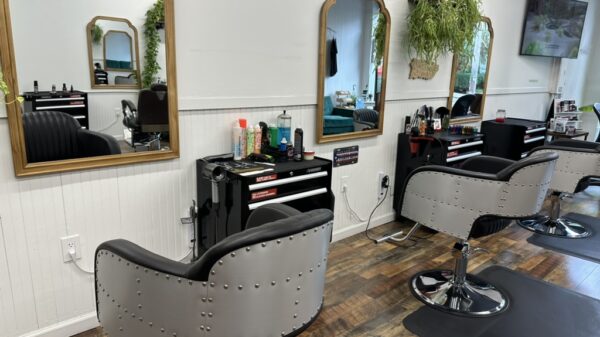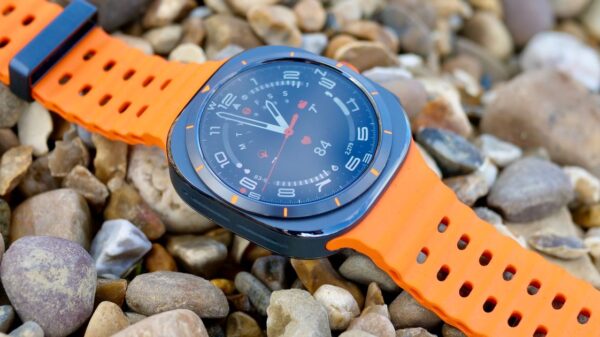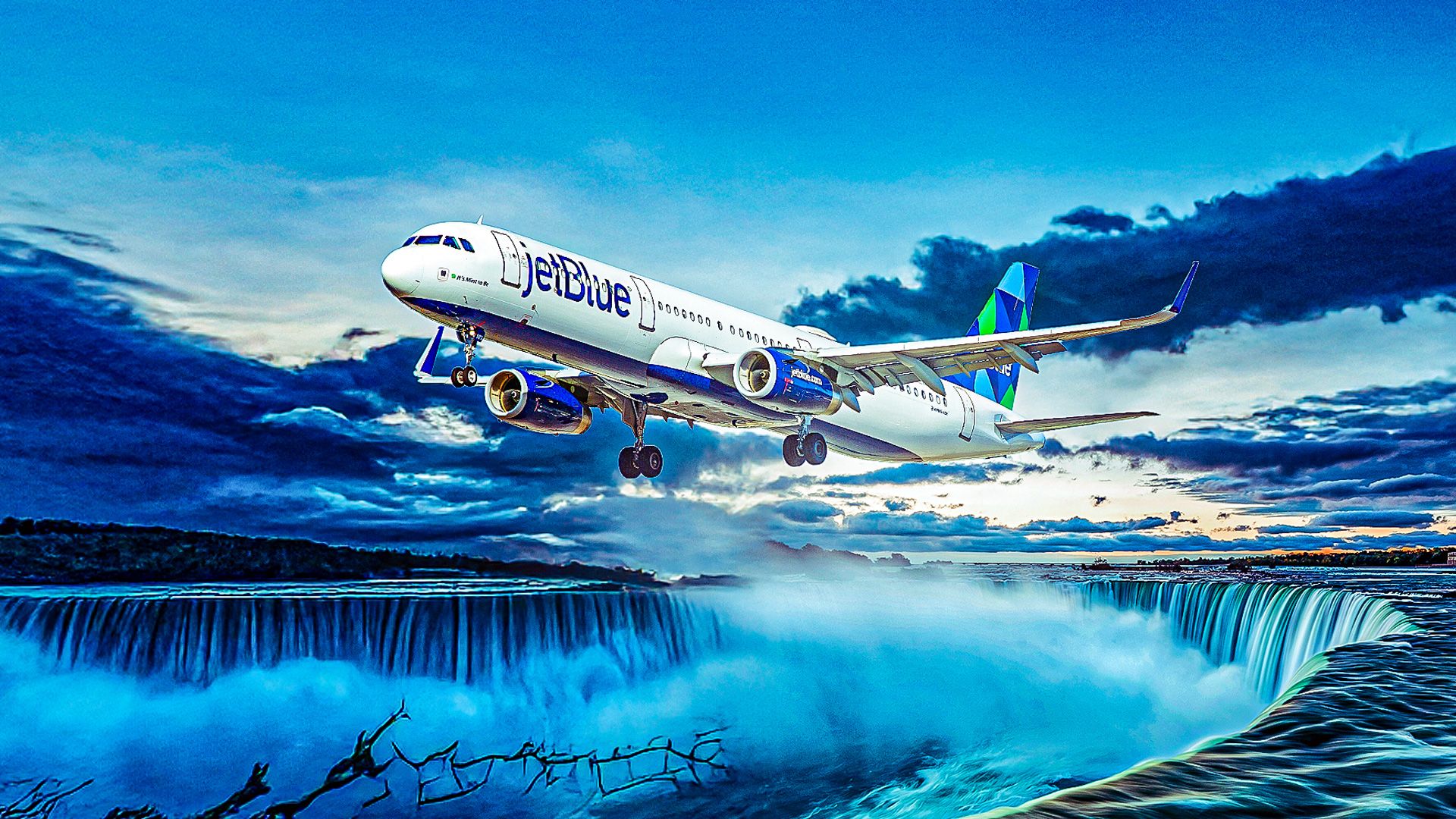New York-based airline JetBlue is set to enhance its operational capabilities as it prepares for significant growth by 2025. The carrier, which has carved out a vital niche in the American airline landscape, currently operates an all-Airbus fleet. This includes models from the A320 family, A220, and the newer A320neo series. With the addition of transatlantic flights to Europe, JetBlue’s fleet composition reflects its evolving route network and operational strategy.
Details of JetBlue’s Fleet Composition
The backbone of JetBlue’s fleet is the Airbus A320ceo series, which comprises two variants. The most prevalent is the Airbus A320-200, with a total of 130 aircraft. This model accounts for nearly half of JetBlue’s fleet, with an average age of 20.2 years. Data from ch-aviation reveals that these aircraft feature all-economy configurations, with seating arrangements of either 150 or 162 seats.
Additionally, JetBlue operates 63 A321-200s that are, on average, 9.3 years old. These aircraft offer a choice between a one-class layout with 200 seats or a two-class configuration with 159 seats. Recently, JetBlue officially transitioned to an all-Airbus fleet following the retirement of its Embraer E190 aircraft. The airline stated, “The E190 was instrumental in our early years and proved to deliver on critical connectivity in short-haul markets, allowing us to grow into new regions, especially in our New York and Boston focus cities.”
Growth with the A320neo and A220 Series
JetBlue’s recent growth trajectory has been fueled by the introduction of the next-generation Airbus A320neo series. The airline currently has 28 A321neo and 11 A321LR aircraft, with average ages of 4.3 and 2.4 years, respectively. The A321neo models are set to expand further, with 24 additional units on order, bringing the total to 52.
The A321neo maintains either a high-density economy layout of 200 seats or a two-class configuration featuring 16 Mint business class suites alongside 144 economy seats. On the premium-heavy transatlantic routes, the A321LRs are configured with 24 Mint business class seats and 114 economy seats, catering to high-demand markets.
JetBlue’s fleet modernization continues with orders for 13 A321XLRs, which will further enhance its transatlantic service capabilities.
The smallest aircraft in JetBlue’s fleet is the Airbus A220-300, now that the E190s have been phased out. JetBlue operates 54 A220-300s, averaging just 1.9 years in age, with plans to expand this fleet to a total of 100 through additional orders. The A220-300s feature 140 economy seats, including 30 with extra legroom, and are equipped with modern amenities such as in-seat power and complimentary satellite WiFi.
As JetBlue moves forward, its focus on fleet modernization and expansion will position it well within the competitive landscape of the aviation industry, especially as it looks to capture more transatlantic traffic and enhance customer experience.





































































